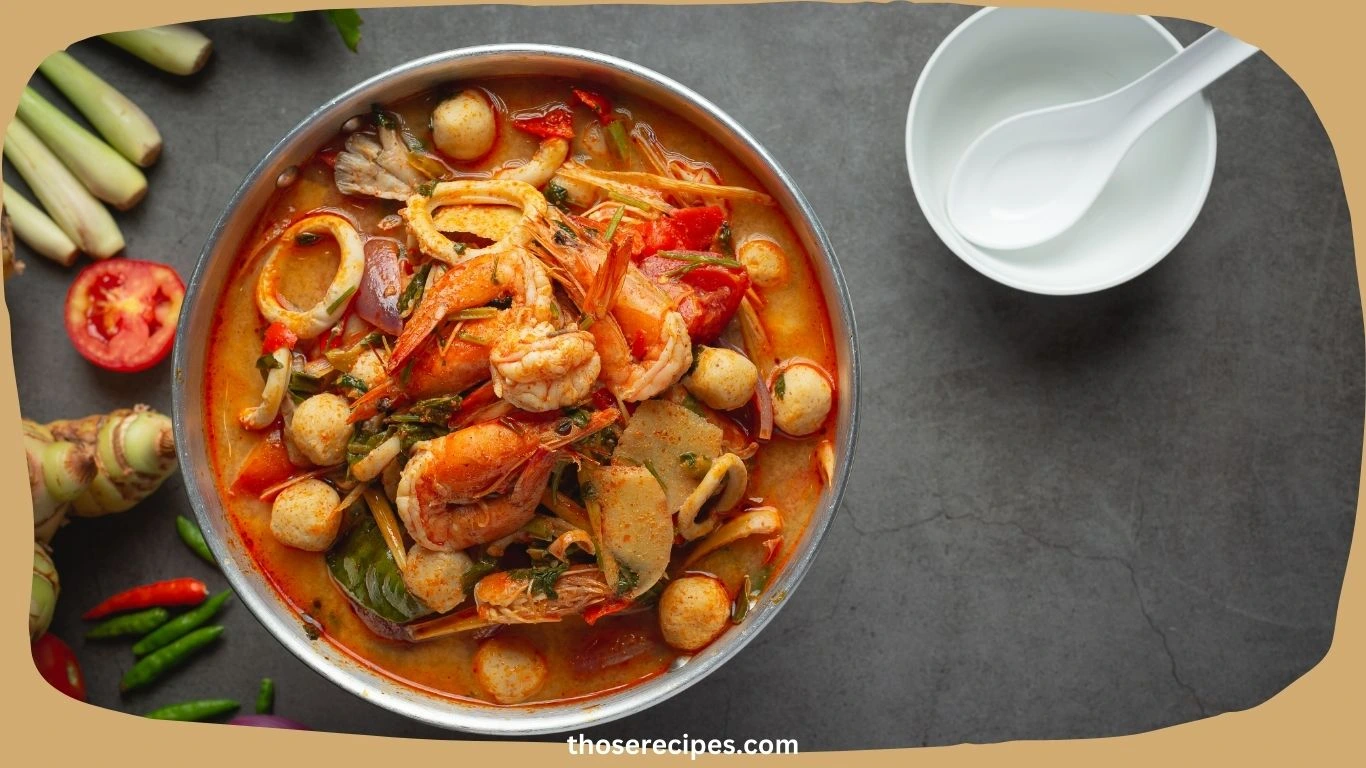Table of Contents
Introduction
When it comes to comfort food, few dishes can rival the warmth and satisfaction of a sinigang recipe. This tangy, savory Filipino classic has been a staple in homes for generations, offering a delicious balance of flavors that tantalize the taste buds. If you’re new to Filipino cuisine, Sinigang is a hearty soup known for its sour and umami-packed broth, often made with tamarind as the key souring agent. This dish is not just a meal—it’s a sensory journey, bringing together fresh vegetables, tender meat, and aromatic spices in one comforting bowl.
As a versatile dish, Sinigang adapts beautifully to a variety of ingredients, allowing you to choose your preferred protein—whether it’s pork, shrimp, fish, or even a vegetarian alternative. Its flexibility ensures there’s a version to suit every palate, making it a beloved choice for both casual weeknight dinners and special family gatherings. What sets the sinigang recipe apart from other soups is its vibrant, tangy flavor that pairs perfectly with steamed rice, creating a comforting meal you’ll want to enjoy again and again.
In this guide, we’ll dive deep into everything you need to know about cooking the perfect sinigang recipe. From the essential ingredients to step-by-step instructions, variations, tips, and storage advice, this comprehensive article is your go-to resource. So, whether you’re a seasoned cook or a kitchen novice, get ready to create a Sinigang that’s not only authentic but unforgettable.
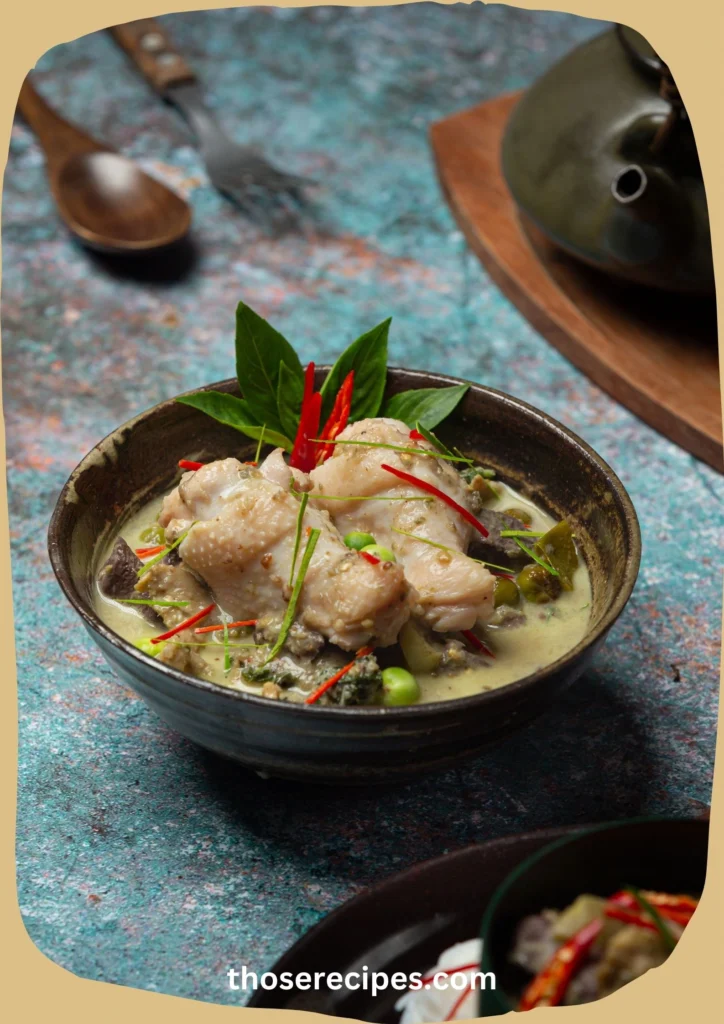
What is sinigang recipe?
At its core, a sinigang recipe is more than just a list of ingredients; it’s a culinary representation of Filipino heritage and tradition. Known for its distinct sour flavor, this dish is a clear broth soup made vibrant by the addition of tamarind, which serves as the primary souring agent. The result is a dish that perfectly balances tangy and savory notes, making it a favorite comfort food for many Filipinos.
A Brief History of sinigang recipe
The origins of Sinigang trace back to the Philippines, where sour soups have long been part of the cuisine. The use of tamarind and other souring agents like calamansi or kamias highlights the Filipino love for bold, refreshing flavors. For a more detailed exploration of Sinigang’s history and cultural significance, you can visit the Wikipedia page on Sinigang. Traditionally, Sinigang was cooked over open fires with fresh, locally sourced ingredients, a testament to its deep-rooted connection to the land and community.
Why sinigang recipe Stands Out
What sets the sinigang recipe apart is its versatility. While pork is the most common protein, alternatives like shrimp, beef, fish, or even vegetarian options ensure there’s a version for everyone. Moreover, the inclusion of fresh vegetables—okra, eggplant, kangkong, and more—adds a burst of nutrition and texture, making this dish both hearty and wholesome.
Whether served on rainy days or festive occasions, Sinigang remains an enduring favorite that embodies the comforting essence of Filipino cuisine.
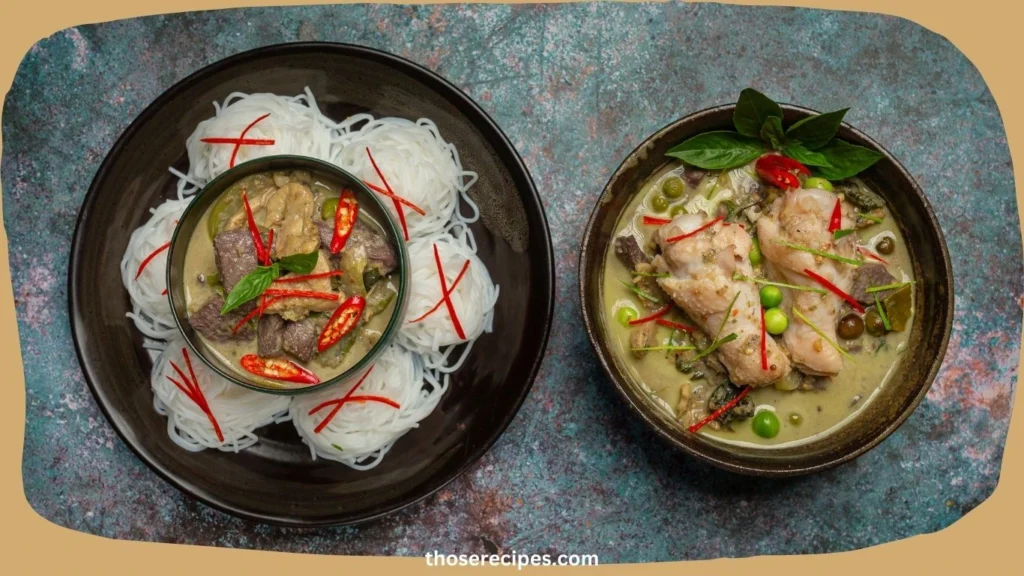
Ingredients for sinigang recipe
One of the most delightful aspects of a sinigang recipe is its emphasis on fresh and wholesome ingredients. Each component contributes to the dish’s signature sour, savory, and aromatic flavor profile. Let’s break down what you’ll need to create this Filipino classic.
Essential Ingredients
To make an authentic sinigang recipe, here are the core ingredients you’ll need:
- Protein: Pork is a traditional choice, with cuts like pork belly or ribs providing rich flavor. However, shrimp, fish, beef, or even tofu are excellent alternatives, depending on your preference.
- Souring Agent: Tamarind is the most common choice, delivering the bold tanginess that defines the dish. You can use fresh tamarind, tamarind paste, or tamarind soup mix. Other souring agents include calamansi, kamias, or green mango for a twist.
- Vegetables: Okra, eggplant, string beans, radish, and taro are commonly used. Leafy greens like kangkong (water spinach) or spinach are typically added at the end for a fresh finish.
- Aromatics: Onion, garlic, and tomatoes build the base flavors of the broth.
- Seasoning: Fish sauce, salt, and pepper are used to enhance the dish’s savory elements.
Ingredients Table
Here’s a quick reference table for your grocery shopping:
| Ingredient | Quantity | Notes |
| Pork (or protein of choice) | 1 kg | Can substitute with shrimp, fish, or beef. |
| Tamarind mix or fresh tamarind | 1 pack or 1 cup | Adjust sourness to taste. |
| Water | 6 cups | Adjust based on serving size. |
| Vegetables (okra, eggplant, etc.) | Various amounts | Fresh is best for flavor. |
| Tomatoes | 2-3 pcs | Sliced |
| Onion | 1 medium | Quartered |
| Fish sauce | 2 tbsp | Adds depth and umami. |
| Salt and pepper | To taste | For seasoning. |
Tips for Choosing Fresh Ingredients
- Meat: Look for well-marbled cuts if using pork to add richness to the broth.
- Vegetables: Opt for vibrant, firm produce to ensure the best flavor and texture.
- Tamarind: Fresh tamarind pods or paste provide a more authentic taste compared to pre-packaged mixes.
A sinigang recipe shines when its ingredients are fresh and thoughtfully selected. Gathering these items ensures a delicious and comforting dish every time!
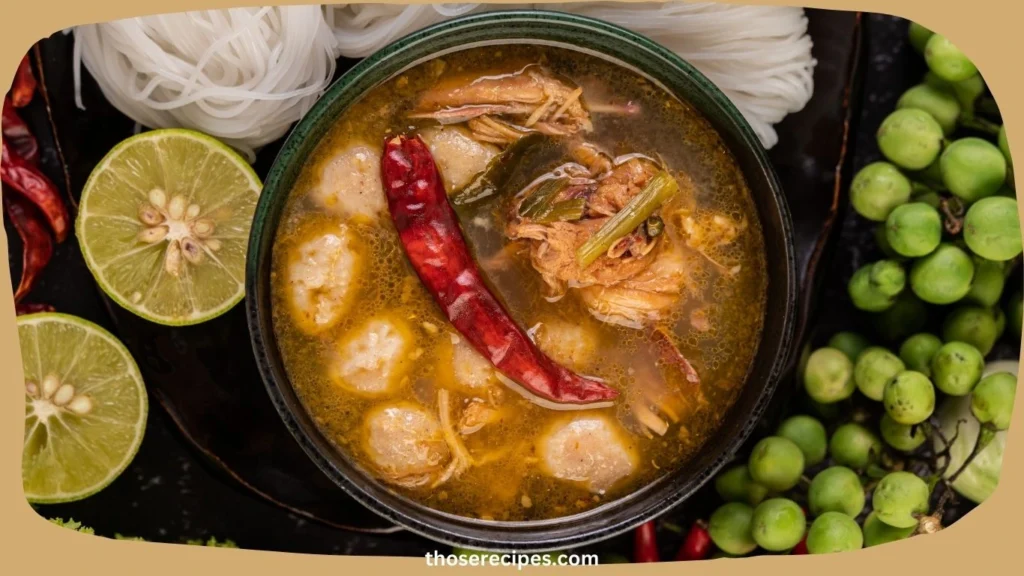
Step-by-Step Instructions for Making sinigang recipe
Cooking a sinigang recipe may seem complex at first glance, but with a clear step-by-step guide, you’ll be able to master this Filipino favorite in no time. The process is straightforward, and the result is a hearty, flavorful soup that’s perfect for any occasion.
1. Preparing the Ingredients
The foundation of a delicious sinigang recipe lies in properly prepared ingredients. Follow these steps to get started:
- Protein: Rinse your chosen meat or seafood thoroughly under cold water. For pork, trim any excess fat if desired and cut into manageable pieces. If using shrimp, devein and clean them properly.
- Vegetables: Wash all vegetables to remove any dirt or residue. Slice tomatoes, onions, and radish into bite-sized pieces. Chop okra, eggplant, and string beans into even portions. Keep leafy greens like kangkong or spinach whole or roughly chopped.
- Tamarind: If using fresh tamarind pods, boil them in water, mash the pulp, and strain out the seeds to create a fresh souring base.
2. Cooking the Protein
The protein is often the heart of the sinigang recipe, so it’s essential to cook it properly for maximum flavor.
- In a large pot, add your meat (pork belly, ribs, or beef) and enough water to cover. Bring to a boil over medium heat.
- Once boiling, skim off any scum or impurities that rise to the surface. This keeps the broth clear and clean-tasting.
- Lower the heat and let the meat simmer until tender. This typically takes about 45 minutes to 1 hour for pork or beef. If using seafood like shrimp or fish, these are added later to avoid overcooking.
3. Building the Flavor Base
The next step in your sinigang recipe is creating a flavorful broth:
- Add onions, tomatoes, and tamarind to the pot with the simmering protein. These ingredients provide the tangy and aromatic backbone of the soup.
- Let these simmer for 10–15 minutes, allowing the flavors to meld.
4. Incorporating the Vegetables
Vegetables are essential to a well-rounded sinigang recipe, adding texture and nutrients to the dish.
- Start with sturdier vegetables like radish, taro, and eggplant. Add them to the pot and let them cook for 5–7 minutes until slightly tender.
- Next, add okra and string beans. Simmer for another 3–5 minutes.
- Finally, stir in your leafy greens (kangkong or spinach) just before serving. These require minimal cooking time to retain their vibrant color and freshness.
5. Seasoning and Finishing Touches
To complete your sinigang recipe, focus on balancing the flavors:
- Add fish sauce (patis) to taste. Start with a tablespoon or two, adjusting as needed.
- Season with salt and pepper to enhance the overall taste.
- Taste-test the broth to ensure the sourness, saltiness, and savoriness are balanced. If the broth needs more tang, add extra tamarind or a splash of calamansi juice.
6. Serving the sinigang recipe
Serve your finished sinigang recipe piping hot with a side of steamed white rice or, for a creamier alternative, try this cheesy rice recipe. The rice beautifully absorbs the flavorful broth, creating a perfect pairing for the tangy soup. Provide small bowls for the broth if serving family-style, ensuring everyone can savor the sour and savory goodness. Pairing Sinigang with cheesy rice adds a delicious twist, making it an even more comforting meal.
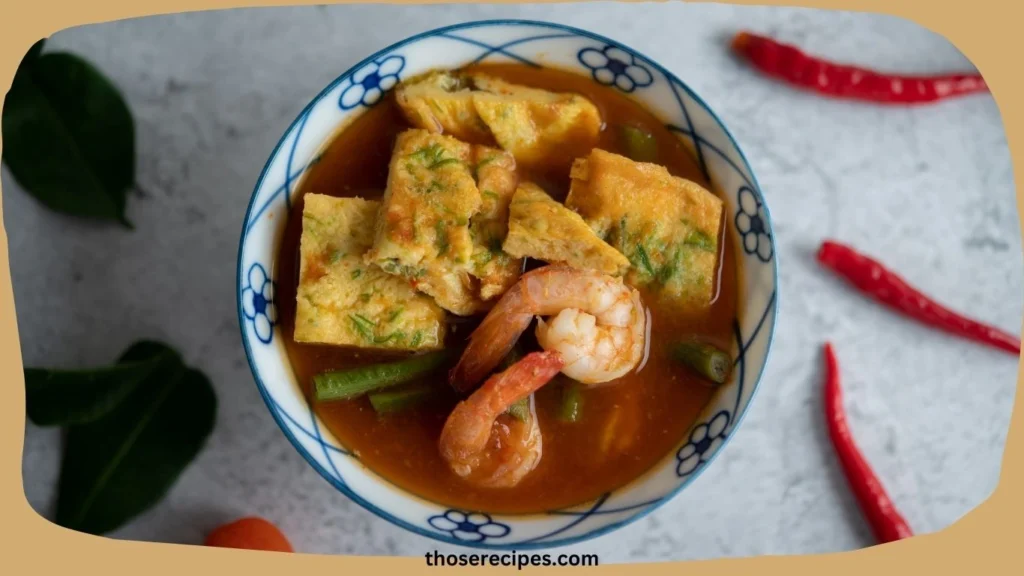
Quick Tips for a Flawless sinigang recipe
- Use bones in your protein (e.g., pork ribs or fish heads) for a richer and more flavorful broth.
- Add tamarind gradually, tasting as you go to avoid an overly sour soup.
- For seafood-based Sinigang, reduce cooking time to prevent overcooking delicate proteins like shrimp or fish.
By following these detailed steps, you’ll craft a sinigang recipe that is not only authentic but also irresistibly delicious. Your kitchen will be filled with the inviting aroma of tamarind and simmering spices, guaranteeing a meal that’s sure to impress!
Tips for Perfect Sinigang Recipe
Creating a truly memorable sinigang recipe requires more than just following the steps—it’s about incorporating techniques and adjustments that elevate the dish to new heights. Here are some practical tips to ensure your Sinigang turns out perfect every time.
1. Prioritize Fresh Ingredients
The freshness of your ingredients can make or break your sinigang recipe. Choose fresh vegetables that are vibrant and crisp, as they’ll add texture and flavor to the soup. When selecting your protein, look for cuts of meat with a balance of fat and lean portions, such as pork belly or ribs, which enhance the richness of the broth. For seafood, make sure it’s fresh to avoid a fishy taste.
2. Customize the Sourness
The sourness is the hallmark of a good Sinigang, but preferences vary. Start with a small amount of tamarind or other souring agents, tasting the broth as you go. You can always add more to intensify the tanginess, but overdoing it may overwhelm the other flavors. If using tamarind paste or mix, dissolve it thoroughly to avoid clumps.
3. Enhance the Umami
Fish sauce (patis) is a key seasoning in the sinigang recipe. Its unique umami flavor complements the sourness, bringing depth to the broth. Add it in small increments and taste as you go to avoid over-salting. For vegetarians, soy sauce or miso paste can be a suitable alternative.
4. Cook Vegetables Strategically
Vegetables in Sinigang should retain their structure and color. Add firmer vegetables, like radish or taro, earlier in the cooking process, while more delicate greens, like kangkong or spinach, should go in just before serving.
5. Experiment with Variations
Sinigang is highly adaptable. Experiment with different proteins, like beef or shrimp, or add unique ingredients such as green mango for a sweeter tang. Personalizing your sinigang recipe ensures it reflects your taste preferences.
By applying these tips, your Sinigang will turn out flavorful, balanced, and deeply satisfying every single time!
Variations of sinigang recipe
One of the most remarkable qualities of a sinigang recipe is its adaptability. While the traditional pork version is a crowd favorite, there are countless variations that cater to different tastes, dietary needs, and occasions. Here are some creative takes on this Filipino classic that are equally delicious and easy to prepare.
1. Shrimp sinigang recipe
For seafood lovers, shrimp Sinigang is a refreshing twist on the traditional recipe. This version uses plump, juicy shrimp as the primary protein, resulting in a lighter, more delicate broth. Since shrimp cooks quickly, it’s added toward the end of the cooking process to prevent overcooking. This variation pairs beautifully with additional seafood like squid or mussels for a hearty seafood feast.
2. Fish sinigang recipe
Fish Sinigang is perfect for those seeking a leaner and healthier option. Milkfish (bangus), salmon belly, or tilapia are popular choices for this variation. The natural oils from the fish enrich the broth, giving it a slightly creamy texture. This version works exceptionally well with tamarind or green mango as the souring agent, offering a fresh, tangy kick.
3. Beef sinigang recipe
For a heartier meal, beef Sinigang is the way to go. Cuts like beef shank or short ribs make for a rich and flavorful broth, especially when simmered slowly. The tender meat pairs wonderfully with the tangy soup base and classic vegetables like taro and radish.
4. Vegetarian sinigang recipe
For plant-based eaters, a vegetarian sinigang recipe is just as satisfying. Replace the meat with tofu or mushrooms and increase the quantity of vegetables for added bulk. Souring agents like tamarind or calamansi keep the authentic flavor intact, while soy sauce or miso provides the umami depth traditionally offered by fish sauce.
5. Instant Pot or Pressure Cooker sinigang
Modern cooking methods have made preparing Sinigang even more convenient. Using an Instant Pot or pressure cooker significantly reduces the cooking time while maintaining the dish’s rich flavors. This is especially helpful for tougher proteins like beef or pork ribs.
Why Experiment with Variations?
Each variation of the sinigang recipe offers something unique, whether it’s a lighter broth, a heartier meal, or a plant-based alternative. Experimenting with different ingredients and cooking methods allows you to tailor the dish to suit your preferences while keeping the essence of Sinigang alive. So, get creative in the kitchen and discover your favorite twist on this classic Filipino soup!
How to Store and Reheat sinigang recipe
Proper storage and reheating methods are essential to maintain the flavor and freshness of your sinigang recipe. Whether you’re saving leftovers for a quick meal later or preparing the dish in advance, these tips will ensure your Sinigang tastes just as delicious as when it was first served.
1. Storing Sinigang
To keep your sinigang recipe fresh and safe to eat:
- Refrigeration: Allow the Sinigang to cool to room temperature before transferring it to an airtight container. Store it in the refrigerator, where it can last up to three days.
- Freezing: If you’ve made a larger batch, you can freeze the Sinigang for longer storage. Use freezer-safe containers or zip-top bags, leaving a little room for expansion. Frozen Sinigang can be stored for up to two months.
Tip: When freezing, it’s a good idea to separate the broth from the vegetables to preserve their texture. Vegetables like eggplant and kangkong may become mushy when reheated after freezing.
2. Reheating Sinigang
Reheating your sinigang recipe correctly ensures it retains its flavors and textures:
- Stovetop Method: Transfer the Sinigang to a pot and reheat over low to medium heat. Stir occasionally to prevent sticking, and add a splash of water if the broth has thickened.
- Microwave Method: For single servings, place the Sinigang in a microwave-safe bowl and heat in short intervals, stirring in between to ensure even reheating.
3. Avoiding Flavor Loss
When reheating, taste the broth and adjust the seasoning as needed. Adding a small splash of tamarind or fish sauce can revive the dish’s tangy and savory profile.
By following these storage and reheating tips, you’ll always enjoy the comforting goodness of your sinigang recipe, even as leftovers!
FAQs about sinigang recipe
Here are some commonly asked questions about Sinigang to help deepen your understanding and appreciation of this beloved dish.
1. What are the main ingredients of sinigang?
The main ingredients of a sinigang recipe include:
- Protein: Pork, shrimp, beef, or fish are commonly used.
- Souring Agent: Tamarind is the most traditional choice, but calamansi, kamias, or green mango can also be used.
- Vegetables: Classic options include okra, eggplant, radish, string beans, and leafy greens like kangkong (water spinach).
- Aromatics and Seasonings: Onions, tomatoes, fish sauce, salt, and pepper enhance the flavor of the broth.
These components come together to create the signature sour, savory, and aromatic profile that defines Sinigang.
2. Is Filipino sinigang healthy?
Yes, Filipino Sinigang can be a healthy dish. Its broth-based preparation is low in fat, especially if lean proteins like shrimp or fish are used. The abundance of fresh vegetables provides essential vitamins, minerals, and fiber. To make the dish even healthier, you can reduce the use of salt or fish sauce and opt for fresh tamarind instead of pre-packaged mixes, which may contain additives.
3. What is sinigang mix made of?
Sinigang mix is a convenient alternative to fresh tamarind, often used to simplify the cooking process. It typically contains tamarind powder for the sour flavor, along with seasonings such as salt, sugar, and sometimes MSG. While it saves time, many prefer using fresh tamarind for a more authentic taste in their sinigang recipe.
4. How to cook sinigang step by step brainly?
Cooking a sinigang recipe involves these simple steps:
- Prepare the Ingredients: Clean and cut the protein and vegetables.
- Cook the Protein: Simmer pork, shrimp, or fish in water until tender.
- Build the Broth: Add onions, tomatoes, and your chosen souring agent (tamarind or mix) to the pot.
- Add Vegetables: Include firmer vegetables first (like radish and eggplant), then delicate greens toward the end.
- Season the Broth: Use fish sauce, salt, and pepper to enhance the flavors.
- Serve and Enjoy: Serve hot with rice for a comforting meal.
These FAQs cover the essential aspects of a sinigang recipe, ensuring you’re well-prepared to enjoy and experiment with this iconic Filipino dish!
Conclusion
Why Sinigang is a Timeless Dish
The sinigang recipe holds a special place in Filipino cuisine and hearts worldwide. Its unique combination of sourness, savory depth, and freshness creates a flavor profile that is truly unforgettable. With its adaptability to different proteins and vegetables, Sinigang proves to be not just a recipe but a canvas for culinary creativity.
Bring Comfort to Your Table
Whether you’re enjoying a rainy day at home, hosting a family gathering, or introducing friends to Filipino flavors, a sinigang recipe is always a crowd-pleaser. Its heartwarming broth and rich aroma make it the ultimate comfort food.
Your Turn to Try Sinigang
Now that you’ve learned the essential steps, tips, and variations, it’s time to bring this delicious dish to life in your own kitchen. Experiment with the ingredients, adapt it to your tastes, and enjoy the timeless comfort of a well-made sinigang recipe. Don’t forget to pair it with a bowl of steamed rice and share the joy of this Filipino classic with those you love!

